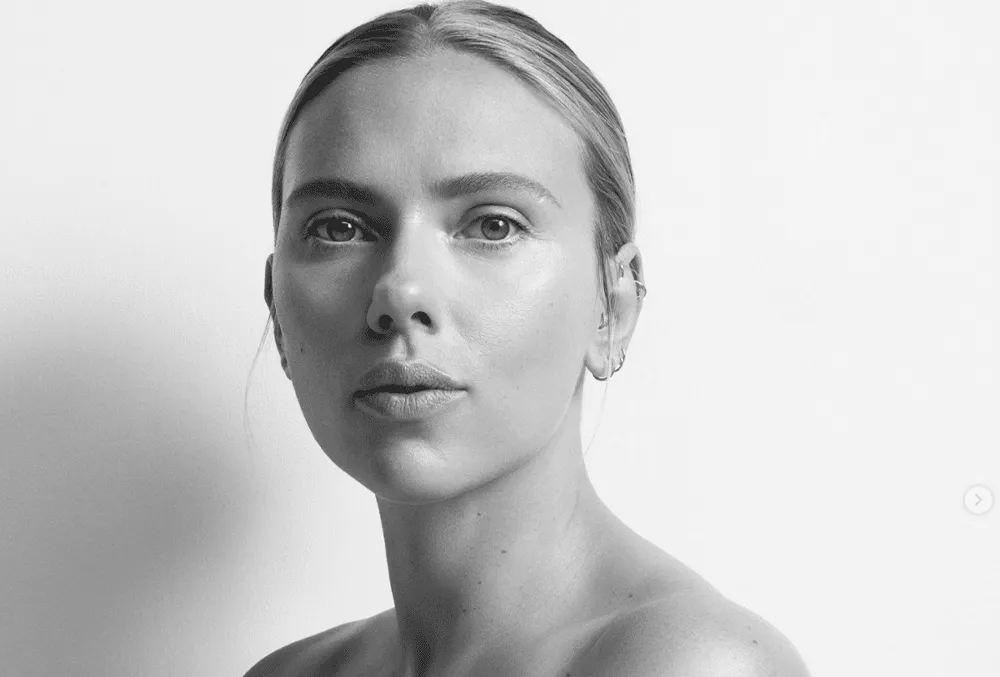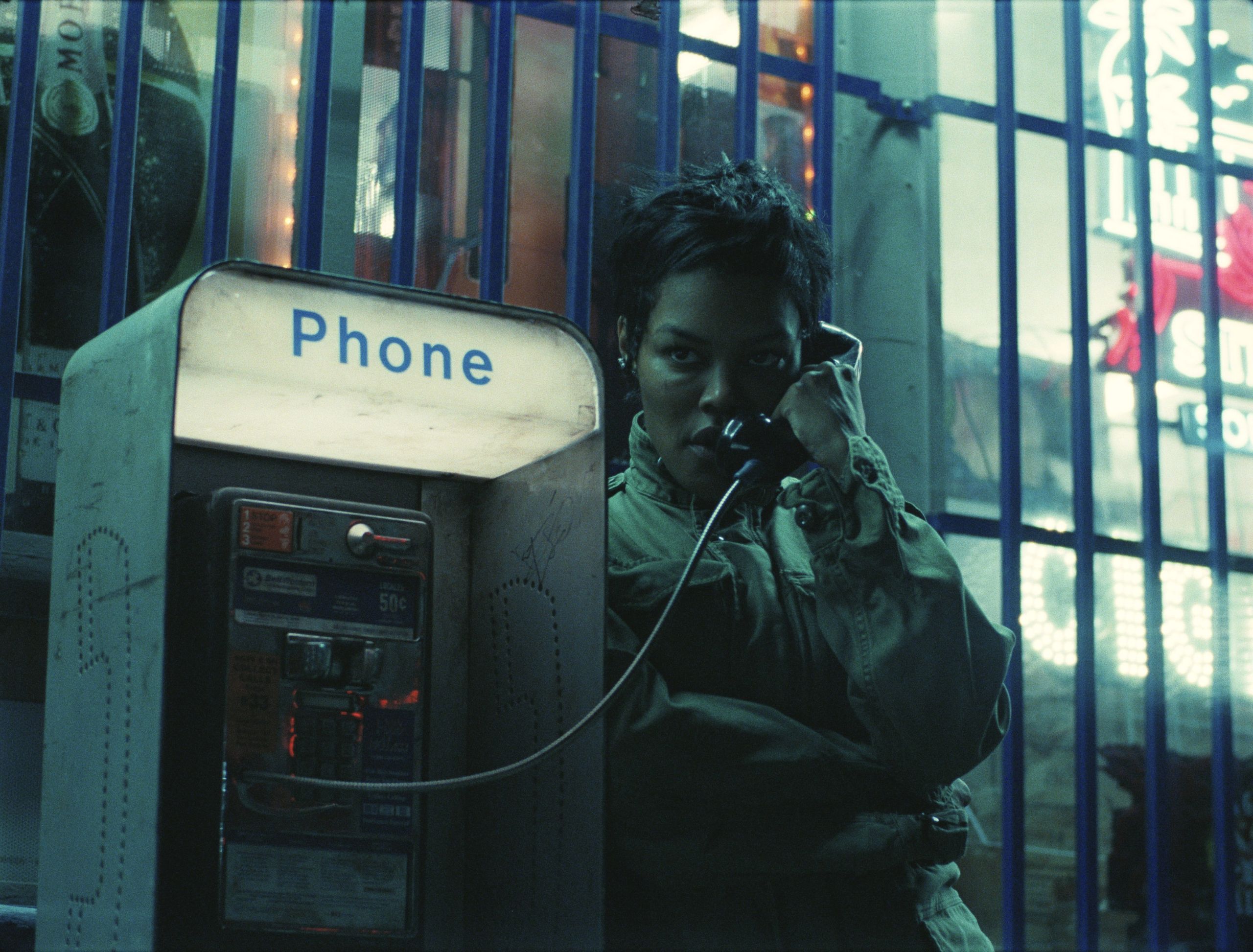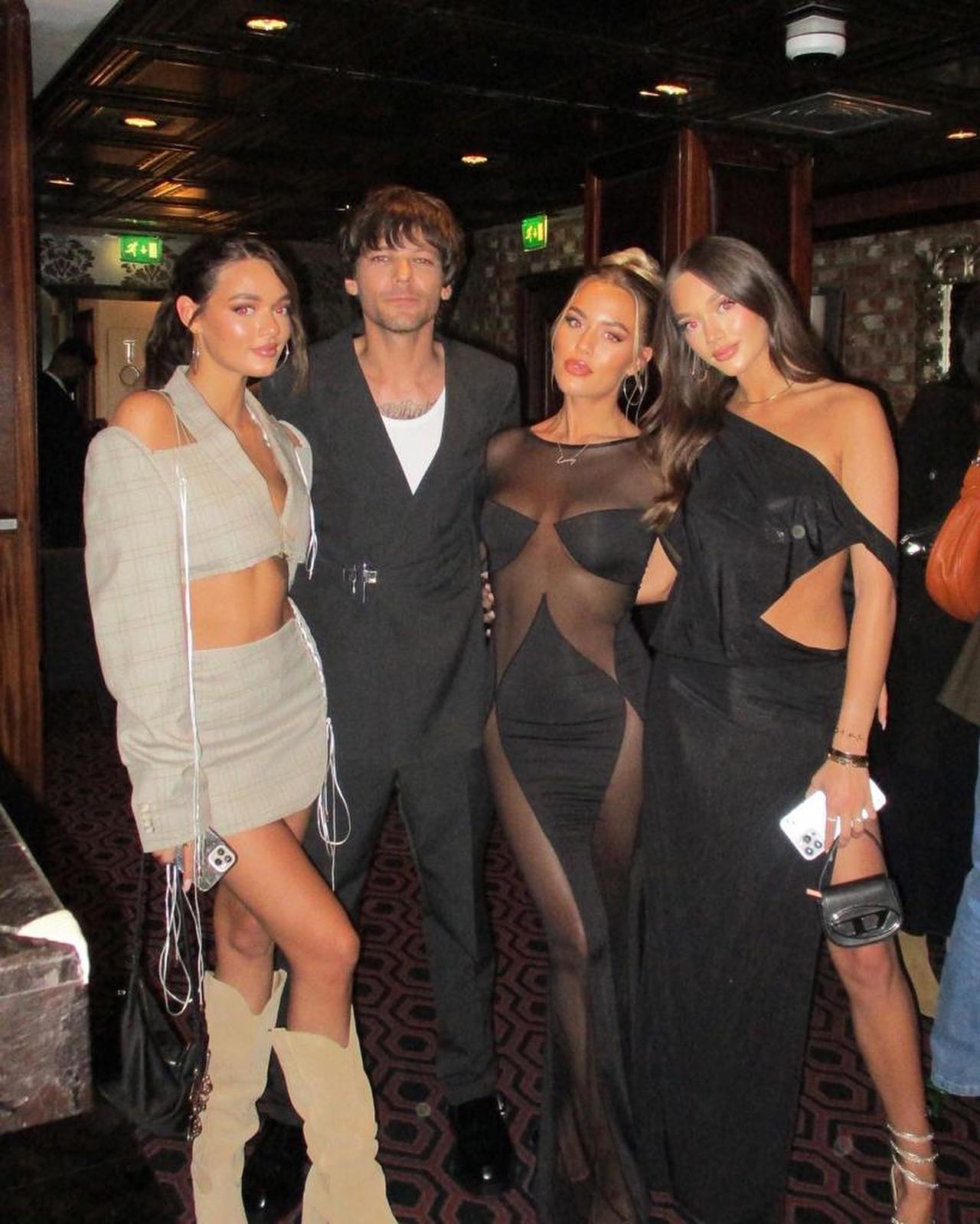Jewel Condivide Riflessioni sulla Salute Mentale, Tendenze degli Anni '90, Etàismo e Cosa Porta in Tour

Jewel è stata una delle prime potenti liriche che ricordo di aver studiato canzone per canzone - ricordate quando i testi arrivavano con il CD? Anche se è diventata famosa negli anni '90, rimane una figura culturale, ma solo a modo suo. Di recente ha suonato con Olivia Rodrigo e sarà in tour insieme a Melissa Ethridge.
Jewel è sempre stata più che una cantante, e questo non è mai stato più vero che adesso, mentre si prepara a ospitare e a curare una mostra d'arte presso il famoso Crystal Bridges Museum in Arkansas, che esplorerà l'intersezione di musica, salute mentale, tecnologia e arte. La mostra esporrà anche quattro opere d'arte di Jewel - un dipinto ad olio, una scultura, un video ologramma e uno spettacolo di droni. Abbiamo fatto due chiacchiere con Jewel sulla sua prossima mostra d'arte, sull'età nella musica, sulla salute mentale e sul biondo fragola.
“Ho passato tutta la mia vita a lavorare su tre aree. Una è la musica e la scrittura, che tutti conoscono. Un'altra è l'arte visiva, che praticamente nessuno conosce. L'altra è la salute comportamentale, nella quale ho fatto molto lavoro. Quindi queste sono davvero queste tre aree della mia vita che si uniscono in un'esperienza artistica."
"Ho scoperto nella mia vita che io, e tutti noi, navigo attraverso tre ambiti di realtà ogni giorno - spesso senza saperlo. E il benessere arriva come effetto collaterale quando i nostri tre ambiti sono allineati.
Il regno interno sono i nostri pensieri e i nostri sentimenti, i desideri del nostro cuore, la nostra mente, la nostra psiche. C'è il regno visibile, che è tutto nel mondo fisico, come i nostri lavori, le famiglie, le finanze, la natura e le città. Poi il regno invisibile è quello regno misterioso che l'umanità sta cercando di definire dall'inizio dell'uomo. Lo definisco come qualcosa che ti dà un senso di meraviglia e ispirazione. Per alcune persone, questo significherà qualcosa di molto specifico religiosamente, per altre persone, sarà solo che sanno che i peli sul braccio si alzano quando vedono un'immagine del telescopio Hubble di James.
Quindi il benessere è un effetto collaterale di questi che sono allineati. Quando riesco ad esprimere qualcosa al mio partner o alle persone della mia vita, e loro fanno dei cambiamenti basati su ciò che dico, questo mi fa sentire bene. O se la ragione per cui mi sento come se fossi messa sul pianeta è anche qualcosa che faccio come lavoro, questo mi fa sentire bene.
Poi è anche vero che abbiamo molta sofferenza quando le nostre tre sfere sono in conflitto. Quindi se nessuno conosce il vero me o se ho delle credenze spirituali che non metto in atto, allora divento ipocrita, e questo porta a sofferenza. Se il mio lavoro è un lavoro che odio, questo porta a sofferenza. Tutto l'esperienza artistica è progettata per aiutare le persone a entrare in contatto con quello che pensano delle loro tre sfere in modo davvero divertente e spensierato."
"Mi trucco da sola, quindi molti matite colorate per gli occhi. Mi piace fare occhi molto audaci quando sono là fuori, qualcosa che è grafico e che si legge da lontano. I cappelli sono qualcosa che porto sempre perché non sono brava con i capelli, quindi indosso cappelli in tour.
Sono molto attenta alla protezione solare, quindi se non sono sul palco con il trucco, indosso semplicemente una crema solare colorata. Mi piace Revision Skincare Intellishade (84$), è una crema solare ad ampio spettro molto piacevole. Mi piace molto la lanolina come balsamo per labbra e per la pelle. Ne sono diventata dipendente quando ero una neo mamma, e il marchio che mi piace è Lansinoh (19$).
"Ho iniziato questo mestiere da giovane, ed ero amica di un truccatore molto famoso di nome Kevyn Aucoin, e lui mi ha insegnato come truccarmi così che quando non era in giro, potevo ottenere il look che volevo. Da allora, ho avuto alcuni dei migliori truccatori del mondo che mi truccano praticamente ogni giorno, quindi ho imparato molto a riguardo. Mi piace davvero. Dipingo anche, quindi mi ricorda la pittura, ed è anche rilassante prima di uno spettacolo."
"Eliminando i jeans a vita bassa, quelli che scendevano sotto l'osso dell'anca e coprivano a malapena il solco del sedere mentre eri in piedi così che quando ti sedevi non c'era speranza che entrambe le guance rimanessero coperte. Era una fase terribile. Non mi piaceva quella fase, e ti dava un effetto muffin anche se eri piccolissima, quindi davvero non ci sto. Se tutti stanno pensando di riportare indietro quell'epoca e ho qualche potere, vorrei fare in modo di poterli influenzare a non scendere così in basso.
Se potessi riportare indietro una cosa dagli anni '90 - io penso che stia tornando, come si chiama? Una specie di grunge. È un look figo. Quello che è successo negli anni 2000 era questo look glam iper-pop. Sono stata così fortunata ad arrivare negli anni '90 quando era come se non dovessi pettinarti i capelli, non dovevi vestirti carina. È stato un momento molto buono per me passare dall'Alaska alla fama."
“I love it. I love change. I feel like it’s just hair, and it’ll grow back, and we can do other things with it. But I really loved the change to the strawberry blonde red color. Jill Buck does my hair, my cuts and my color. She’s from the Nine Zero One Salon, and she’s so talented and couldn’t be a nicer person. I’ve worked with her for decades. It’s actually hard in the beauty industry because trends happen, and it’s very hard with my job we have to stay current on what new things are happening in art and music, and it’s the same for them with beauty, and she’s just always really stayed incredibly current.”
“Yes, I think that young professionals don’t realize how big that is. It’s the same with musicians you’re hiring for a band and beauty teams that we work with. You have to be a good hang. There are a lot of people out there who are talented, but if you’re not a good hang, why are we going to do that? Life’s too short. We spend too much time with these people.”
“Gosh, I have lots of things. Just a really quick tip is just don’t look at your phone first thing when you wake up, keep it off, don’t turn it on, don’t hear the ding, don’t feel the vibrating buzz of the phone. Then do something that puts you in a state of mind that you like, whether it’s meditating or praying or reading a passage from a book or just getting in the shower and listening to music you love.
Having a gratitude practice is really good. It can’t be something that’s like hashtag grateful. It has to be something that profoundly moves you to tears for it to work because the idea is that through biofeedback and neurofeedback, it works because your whole body gets involved. It can’t just be a thought like, ‘I’m grateful for my health.’ It has to be something that moves you, and when it’s like that, it can actually be a really profound practice.
I also developed a virtual mental health platform called Innerworld. It’s designed as a social platform, and there’s a trained guide all the time. It’s safe, and you can learn tools. Let’s say you’re sad one day, or your cat died or you’re just anxious you can go in there 24 hours a day, seven days a week, and find support. Then the other half of the platform is skill-based. For example, at one o’clock, there will be a class on anxiety and a skill around it, like a behavioral tool. It’s a clinical research platform, so we’re really tracking outcomes to make sure that we’re getting the results that people want because it can’t be like, ‘I think I feel better.’ This stuff can change your life, and that’s what we’re trying to do.
We actually were just able to publish two white papers showing we’re as effective as traditional therapy. There’s a huge space between where meditation apps end and psychotherapy begins. There are so many clinical results we can get with people with social anxiety, agoraphobia and PTSD. We have tons and tons of classes and scientifically proven behavioral tools around those.”
“Gosh, I’ve seen huge shifts around mental health and the arts. I took a two year break after my second album, Hands, because I didn’t like the level of fame I got—it wasn’t good for me psychologically. But there were no words like ‘mental health break,’ so I was ridiculed like, ‘she can’t hack it’ and ‘she’s a has-been,’ you know, all that stuff. I love seeing now that musicians are able to take breaks.
I think for women, the Me Too movement was very needed. It’s a pretty scummy business. The toxicity in it is very, very high. I think younger women are in a better and safer place in general. Obviously, there’s still a long way to go.
The thing that I think is a gap still is ageism. Just now, Joni Mitchell is getting some of the recognition she deserves that was handed to Bob Dylan and Neil Young much easier, and she’s no less of a talent. Carole King and so many amazing women don’t have the ticket sales or even the prestige—it just isn’t given to them in the same way, and so I think that’s still a real issue around credibility and how the press treats women and female writers in general.”




